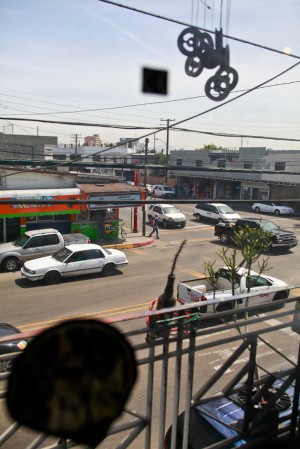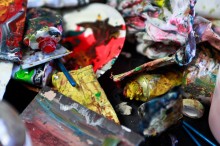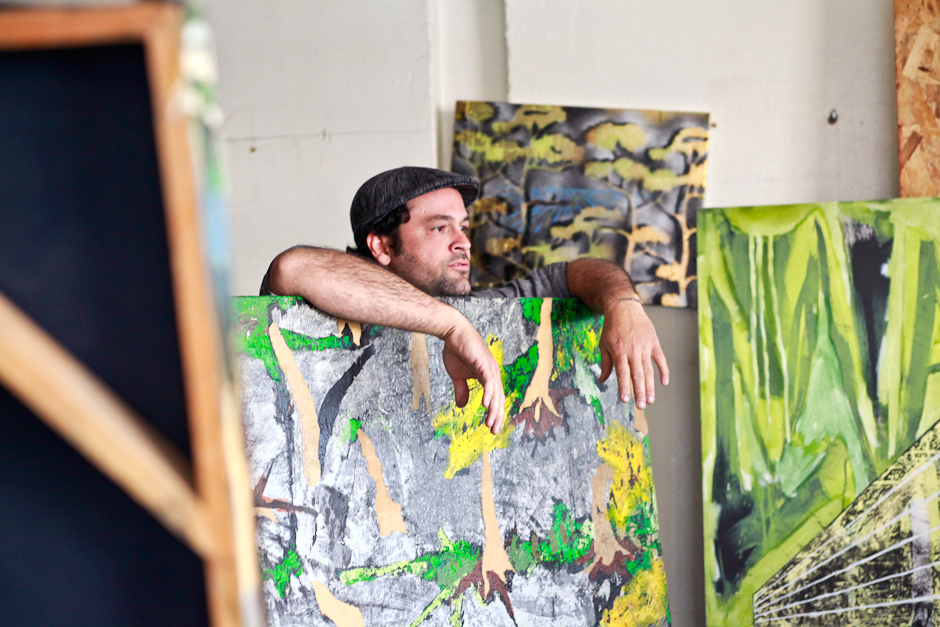
Jaime Ruiz Otis
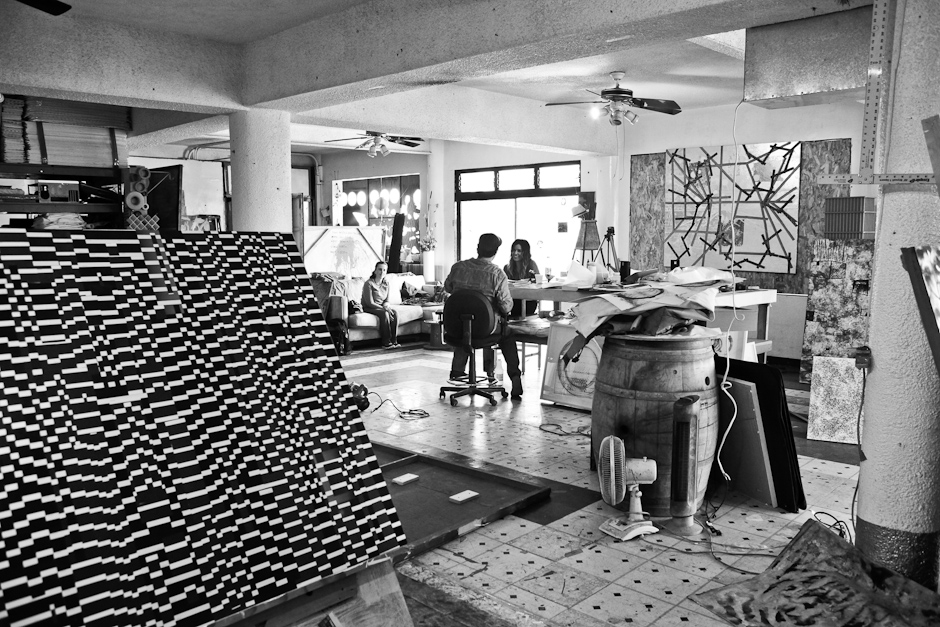
The boundary between the US and Mexico runs from Tijuana, Baja California in the west to the city of Matamoros in Tamaulipas in the east. Covering almost 2,000 miles the border cuts through industrial cities, formidable deserts, and vast farmlands, and on either side it continues on into water, extending for miles into both the Pacific Ocean and the Gulf of Mexico. But this boundary is not just a line on a map; it’s a place of overlap, where distinct cultures rub up against each other and where people go on making lives.
Jaime’s studio is amidst the hustle and bustle of downtown Tijuana. Just finding the correct address was an adventure— the city is chaotic and crowded, teeming with pedestrians, stray dogs, motorcycles and buses, so when we finally got upstairs into his expansive studio our morning quickly mellowed. Jaime’s art practice is varied and his studio is filled with pieces that exemplify this diversity. Working within the disciplines of engraving, painting, printmaking, sculpture and installation, Jaime is less concerned with the medium and more interested in the use of discarded materials. Most of Jaime’s work utilizes the industrial trash and recycling found in the dumpsters of the many maquiladoras (factories that assemble and process products for export) that exist throughout Tijuana’s border regions, and therefore the materials he encounters dictate his approach and process.
A body of work in particular caught both the attention of Klea and myself— Jaime’s “Trademarks” engravings, a series of mechanized prints made with scrapped, off-register, industrial cutting boards that result in haunting, repetitions of form. I found the layered minimalism, the stark black against white, and the lines that seemed to hum and vibrate incredibly beautiful. I also think this series so effectively gets at themes relating to industry and labor, and the almost terrifying level of repetition and waste. There’s a sense of distress and claustrophobia in these prints that reveals the manic movements of machines, the detached, fevered pace of consumption and production, and the seemingly invisible humanity that drives it all.
During our visit Jaime told us, “The border is a wound.” And though he went on to explain, I already knew what he meant— all the crossings, contradictions, and clashes, the transience, the undervalued labor, the dehumanizing politics, the erratic influx and efflux have rubbed the border raw. But if the border is a wound, it bleeds on both sides…and certainly, Tijuana’s backbone and spirit, its nitty-gritty vulnerability are absolutely electrifying.


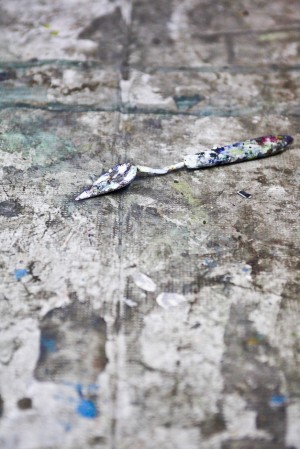
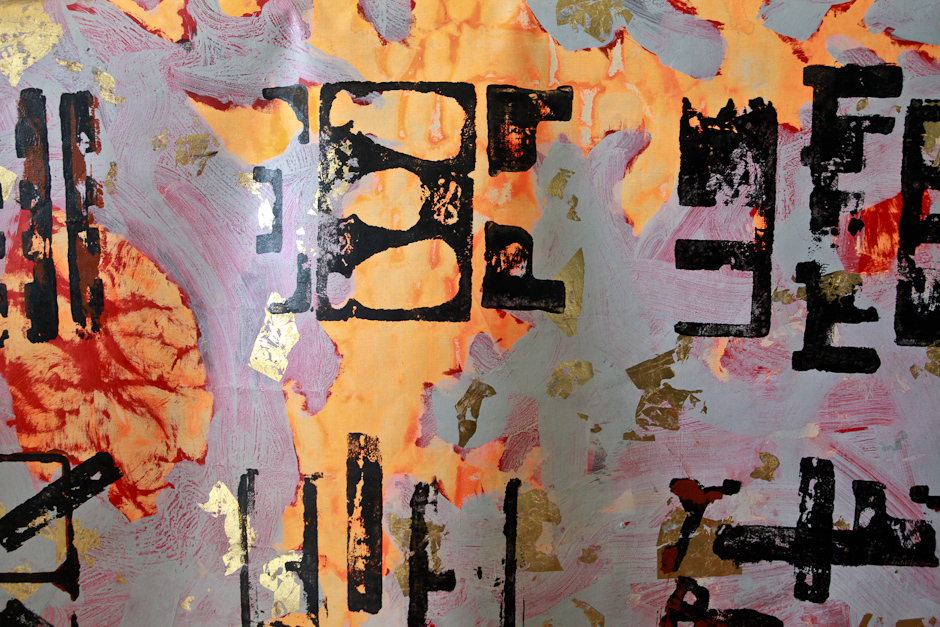
How would you describe your subject matter or the content of your work?
I started a series call “Las Sobras” when I was working in the maquiladora in 1999. At lunchtime I would go look for materials in the dumpsters of the industrial plants, and that’s when I started discovering different techniques and ways of working with the materials I found. Before working in the maquiladora I had been mainly painting with acrylic… but always I have been interested in found objects, abandoned places… I describe my work as a primitive process of collecting—hardcore dumpster diving. The content varies— it depends on what the material is, and is dictated by the ideas that I’m having at the time of my process.
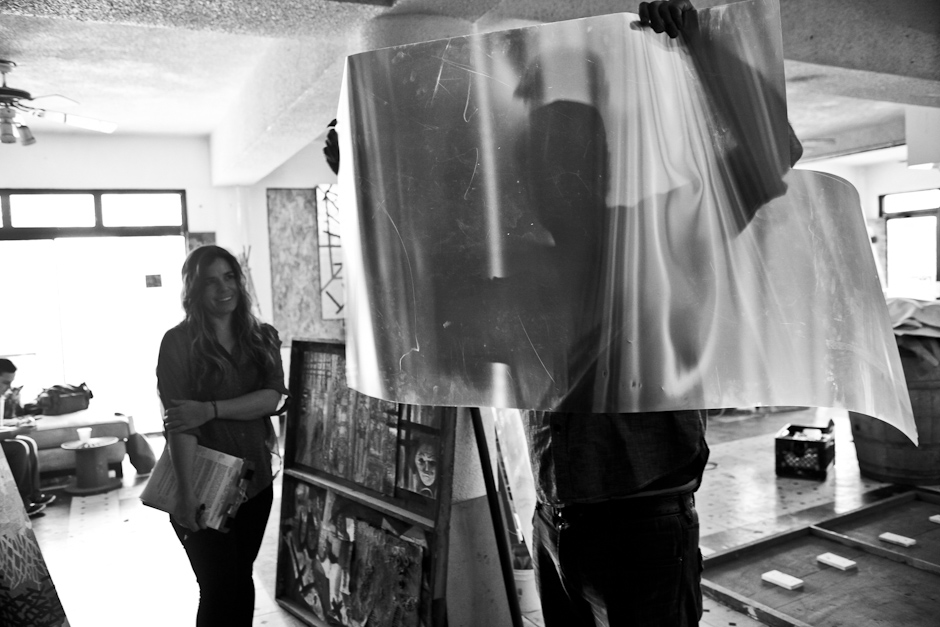
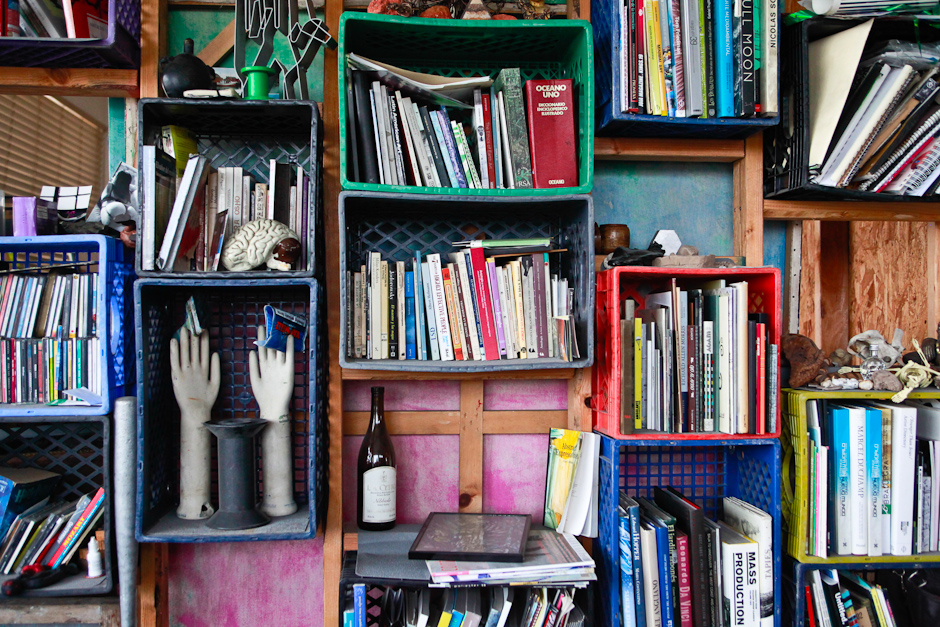
What mediums do you work with?
I work with painting, etching, assemblage, installation, and more recently I work with video, too. I don’t know if it’s a good or bad thing, but I work on many things at one time.
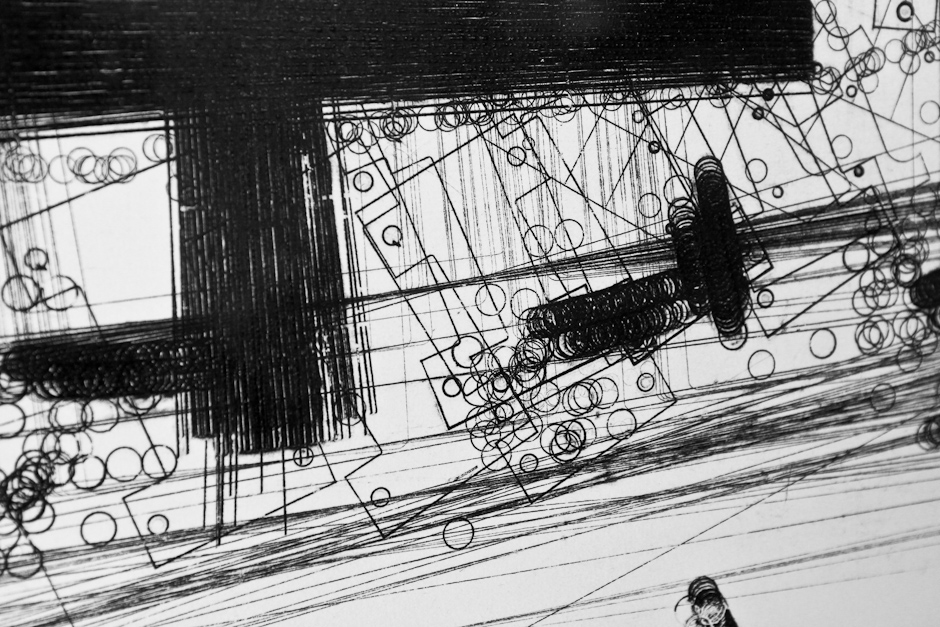
You find discarded materials at maquiladoras (export assembly plants) and dumpsters to utilize in your work— how do you go about choosing items to incorporate into your practice, what is the criteria?
It depends on the materials. Sometimes the material just attracts me and I collect and keep it and only months or years later does it becomes a piece of a puzzle I’m working on. Materials are sometimes like good wines… they age, and only get better and better.
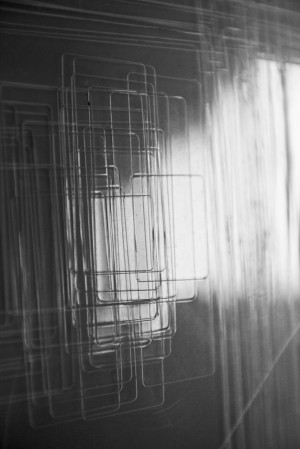
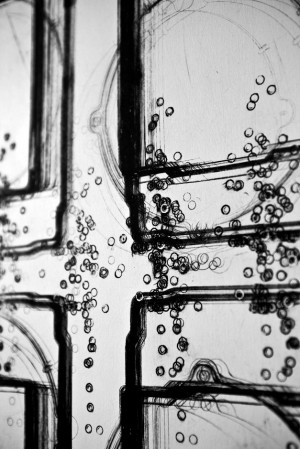
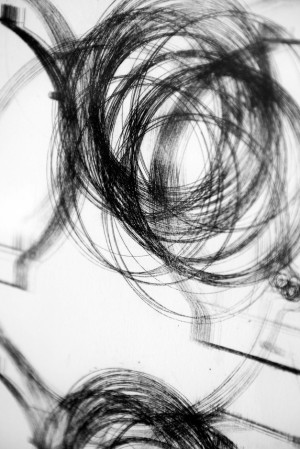

Your work explores border-town politics through labor, industry, and production— can you tell us more about these ideas in your work?
When I was working in the maquiladora, I was more intensely working with issues about cheap labor and exploitation. I still work with labor issues in mind, but in a more subtle way— sometimes the subtext of the materials are enough, the materials inherently have a lot of information in them and it would be too obvious to try and bring about more symbolism.
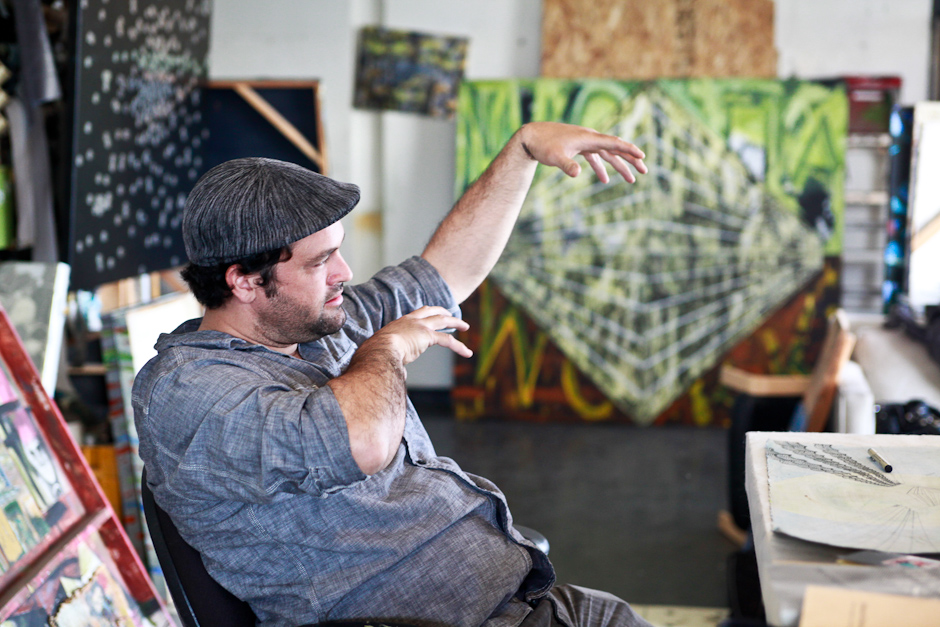

How does your personal history work its way into your practice?
I used to sing in a rock band when I was a teenager, but I didn’t know what I was going to do with my life. I think I was a bit lost and then I discovered art at age 15 when a friend invited me to a workshop in Tecate, Mexico, with a really good artist. The workshop was very freewheeling— the teacher wanted to see who had artistry in their veins. That was important to me at that time, because I wasn’t pushed to do anything, I was just introduced to art-making and asked to respond to it however I wanted to. I consider myself a self-taught artist, but I have educated myself by taking a lot of intensive workshops with well-known artists.
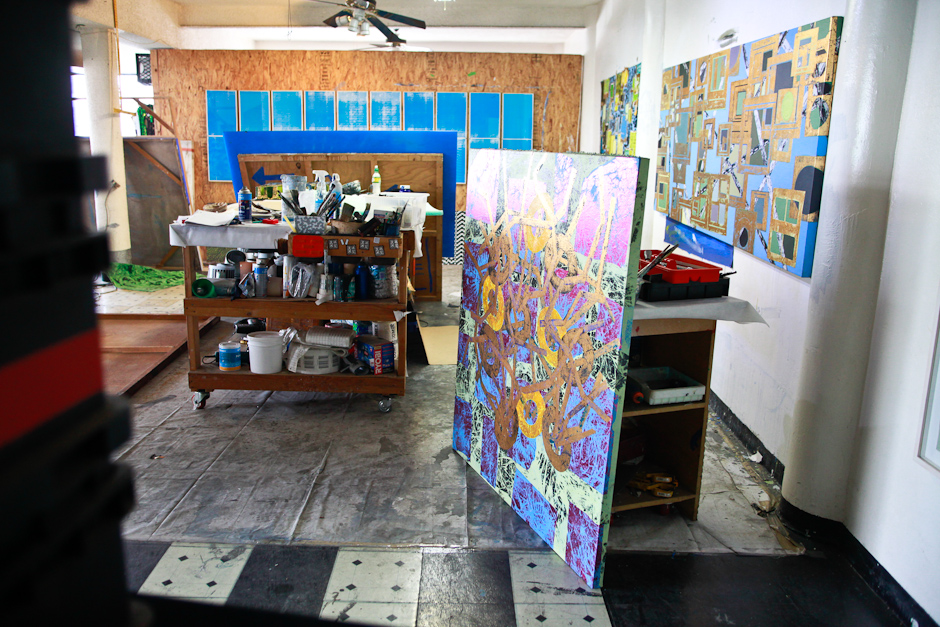
What are you presently inspired by— are there particular things you are reading, listening to or looking at to fuel your work?
The last book I read was Wasting Away by Kevin Lynch— which takes a comprehensive look at waste processes in the natural world and in human cultures. I also have been inspired by Zen and the Art of Motorcycle Maintenance by Robert Pirsig. The books currently on my reading list are: A Philosophy of Walking by Frédéric Gros, Walkscapes: Walking as Aesthetic Practice by Francesco Careri, and Undermining: A Wild Ride Through Land Use, Politics, and Art in the Changing West by Lucy R. Lippard
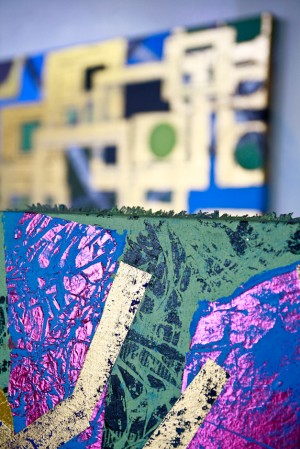


Is there something you are currently working on, or are excited about starting that you can tell us about?
I’m working on a series of “paintings” made with stickers, I’m going to be working on that for another two years, and I have been working on some tri-dimensional works— one is a laser print that I’m eager to realize.
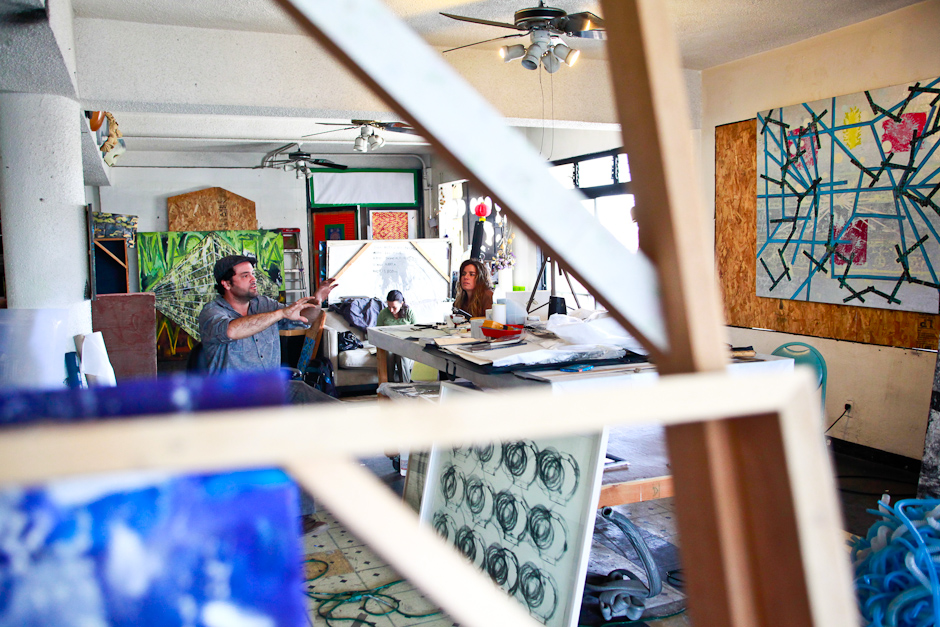

Are you involved in any upcoming shows or events? Where and when?
“El Insesante Ciclo Entre Idea y Accion” Museo de Arte de Sinaloa, MASIN
“Formas y Pasajes” Escultura Contemporanea, Centro de las Artes, Monterrey
“Abstraccion 13” Museo de Arte Abstracto Manuel Felguerez
To see more of Jaime’s work:
www.jaimeruizotis.com
www.arroniz-arte.com


